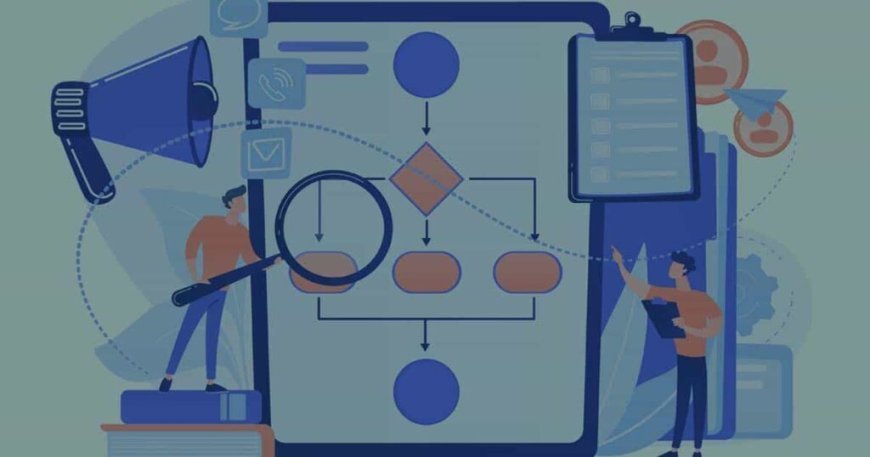Unveiling the Guardians of Patient Safety: A Deep Dive into Pharmacovigilance Services

In the ever-evolving landscape of pharmaceuticals, patient safety remains paramount. This is where Pharmacovigilance (PV) services step in – the vigilant watchdogs ensuring that medicines, once released to the market, continue to be safe for public use. More than just adverse event reporting, PV is a comprehensive science that spans the entire lifecycle of a drug, from clinical trials to post-market surveillance.
For pharmaceutical companies, outsourcing PV services or establishing robust in-house systems is not just a regulatory requirement; it's a commitment to public health. But what exactly do these services entail? Let's break down the key subpages and their critical functions.
1. Case Processing and Management: The Foundation of Safety Reporting
At the heart of pharmacovigilance is ICRS case processing. This subpage focuses on the meticulous collection, assessment, and reporting of individual case safety reports (ICSRs), commonly known as adverse event (AE) reports.
-
Adverse Event Intake: This is the initial step where reported side effects, product complaints, or other safety concerns are received from various sources – healthcare professionals, patients, literature, or regulatory authorities. This often involves 24/7 support to ensure timely capture.
-
Data Entry and Triage: Once received, the information is meticulously entered into a safety database. Triage involves an initial assessment to determine the seriousness and expectedness of the event, guiding the urgency of subsequent actions.
-
Medical Coding: Standardized medical terminologies, like MedDRA (Medical Dictionary for Regulatory Activities), are used to code the reported adverse events and medical history, ensuring consistency and ease of analysis.
-
Narrative Writing: A concise and accurate narrative summarizing the case, including patient demographics, drug details, adverse event description, and causality assessment, is prepared.
-
Quality Control and Medical Review: Rigorous quality checks and medical review by experienced healthcare professionals ensure the accuracy, completeness, and clinical validity of each case before submission.
-
Expedited Reporting: Serious and unexpected adverse events require expedited reporting to regulatory authorities within strict timelines (e.g., 7-day or 15-day reports), a crucial aspect covered under this service.
2. Aggregate Safety Reporting: Uncovering Trends and Patterns
While individual case reports are vital, aggregate safety reporting is about looking at the bigger picture. This subpage focuses on compiling and analyzing cumulative safety data over specific periods to identify trends, signals, and changes in a product's benefit-risk profile.
3. Signal Detection and Management: Proactive Risk Identification
are proactive components of pharmacovigilance aimed at identifying new or changing safety issues associated with a drug.
-
Signal Detection: This involves systematically analyzing various data sources (ICSRs, literature, clinical trials, databases) to identify potential safety signals – information that suggests a new causal association or a new aspect of a known association between a drug and an adverse event that warrants further investigation.
-
Signal Validation and Prioritization: Once a potential signal is identified, it undergoes validation to determine its robustness and clinical significance. Prioritization helps determine which signals require immediate attention.
-
Signal Assessment and Analysis: In-depth medical and scientific assessment of validated signals is conducted to understand the nature, severity, and potential public health impact of the identified risk. This often involves statistical analysis of large adverse event databases.
-
Risk Mitigation Strategies: If a signal is confirmed and deemed a significant risk, strategies are developed to minimize or manage that risk.
4. Risk Management Services: Minimizing Patient Harm
go hand-in-hand with signal management, focusing on developing and implementing strategies to minimize identified risks and ensure the safe use of medicines.
-
Risk Management Plans (RMPs): These are detailed documents outlining the identified and potential risks of a medicinal product and the planned activities to prevent or minimize those risks, including pharmacovigilance activities and risk minimization measures.
-
Risk Evaluation and Mitigation Strategies (REMS): In certain jurisdictions (e.g., the US), REMS are required for some drugs with serious safety concerns. These programs involve specific actions beyond routine pharmacovigilance to ensure that the benefits of a drug outweigh its risks.
-
Benefit-Risk Assessment: Continuous assessment of the overall benefit-risk profile of a product, integrating all available safety and efficacy data to inform regulatory decisions and product labeling.
-
Risk Minimization Measures (RMMs): Development and implementation of targeted interventions to reduce the likelihood or severity of adverse events, such as educational materials for patients and healthcare professionals, controlled distribution systems, or specific monitoring requirements.
Medical Literature Monitoring: A Proactive Scan for Safety Signals
involves systematically searching and reviewing scientific and medical literature for any new safety information related to a company's products.
-
Regular Surveillance: Routine monitoring of global (indexed) and local (non-indexed) literature databases to identify published case reports, clinical studies, or reviews that may contain new safety signals or insights into known risks.
-
Comprehensive Review: Developing and executing robust literature search strategies, including duplicate checks and quality reviews on identified cases, abstracts, and articles to extract relevant safety data.
-
Integration with PV System: Ensuring timely documentation and integration of identified safety data into individual case reports and aggregate reports, contributing to overall benefit-risk assessment.
By offering these distinct yet interconnected services, pharmacovigilance providers play a vital role in safeguarding public health, ensuring the safe and effective use of medicines, and maintaining regulatory compliance for pharmaceutical companies worldwide.
What's Your Reaction?



















































